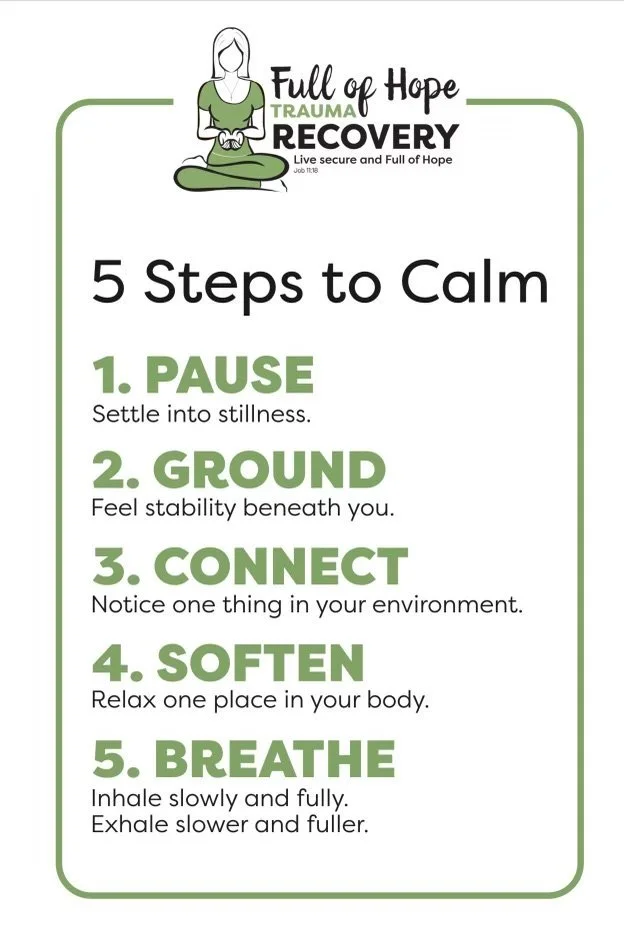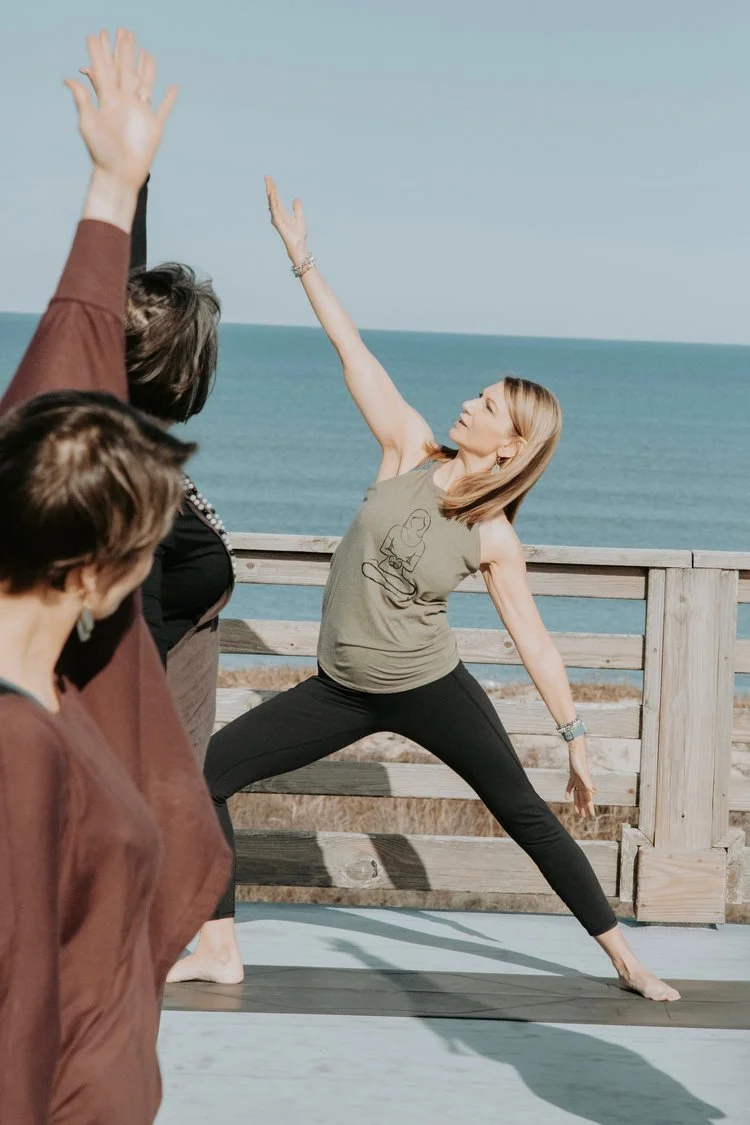Anxiety is one of the most commonly felt emotions after a loss, yet those experiencing anxiety often live those moments alone. Grief can make us feel as if we’ve lost our sense of safety and control. It’s natural and normal to feel anxious or worried about what might happen next or even to worry that we might lose someone else in the future.
As author C.S. Lewis wrote after his 45-year-old wife died of cancer, “No one ever told me that grief felt so like fear.”
Anxiety can look and feel differently for everyone. Some common symptoms include, but are not limited to:
panic attacks
feeling anxious and scared
feeling shaky
loss of appetite, or comfort eating.
fatigue
lack of interest in anything
feeling as if there's a weight on your chest
irritability or “on edge”
dread
difficulty concentrating
restlessness
“While fear and anxiety in early grief is normal and understandable, it can also be a paralyzing, all-consuming experience that prevents you from getting the help and support you need in the short-term.”
Anxiety is associated with several physical symptoms and can also lead to several, more serious health problems. If it goes on intensely for too long, the stress chemicals can cause and worsen your health. Extreme anxiety left untreated or unacknowledged can also lead to debilitating mental health conditions such as severe depression.
So now what?
While there is no one size fits all fix, we can start small and be patient with the process.
Karen Penfold offers a few ways you can bring stress relief wherever you are. She offers these tools for you to try when anxiety strikes.
4 Tools to Help You Relieve Stress & Anxiety
1. Name 5 Things Orienting
(Pause where you are and intentionally notice your environment.)
Name out loud or to yourself:
5 things you can see
4 things you can feel
3 things you can hear
2 things you can smell
1 thing you can taste
2. Five Steps to Calm Control
1. Pause – Settle into stillness
2. Ground- Feel stability beneath you
3. Connect- Notice one thing in your environment
4. Soften – Relax one place in your body
5. Breathe- inhale slowly and fully. Exhale slower and fuller
3. Straw Breathing
• Using a real straw or imagined, take in a full breath then breathe out through pursed lips through the straw very slowly until you’re out of breath.
• Move straw away from month and take in another full breath then breathe out through pursed lips through the straw very slowly until you are out of breath.
• Repeat steps 1 and 2 up to 10 or 20 times, then allow your breath to return to normal.
4. Breath Prayer
Breath prayers combine focused deep breathing with prayers of meditation on God’s Word to help calm your body while focusing your mind on truth. The deep breathing can help calm the physical symptoms of anxiety, while prayer helps to center our thoughts on Christ and His presence with us & His love for us.
• Breathe in deeply and slowly through your nose. Feel your lungs fill completely. Focus on filling your lower lungs (your diaphragm) so that your stomach expands while your upper chest remain still. Breathe out slowly. Empty your lungs fully. Repeat a few times as you bring your breathing into a slow and steady rhythm.
• Inhale- continue breathing slowly as you pray. Fill your lungs slowly as you say the inhale part of the prayer. Exhale - Empty your lungs slowly as you say the exhale part of the prayer. Meditate on the words as you breathe to the rhythm of the prayer. Repeat the breath prayer while inhaling and exhaling slowly for at least one minute and try to work up to five minutes.
Karen is the founder of Full of Hope Yoga and a Trauma Recovery. Karen offers Relief, Healing and Hope to Anxiety Sufferers and Trauma Survivors by teaching nervous system regulation and somatic interventions for trauma recovery. From her home studio in Elk Grove, Karen teaches weekly group “Nervous System Regulating, Christ- Centered Yoga classes and sees clients privately ( in person and online) for Anxiety Relief and Trauma Recovery. Karen is a 12 year, two- time breast cancer and PTSD survivor with her own personal testimony of healing and hope from trauma.
You can find out more about Karen Penfold and her services by visiting her website.
Full of Hope Yoga & Trauma Recovery
916-425-5438
Other Sources:



